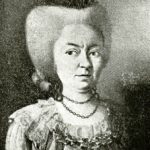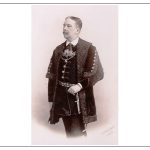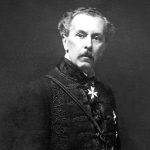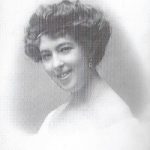The great builders of the Castle








Lord of Transylvania, member of the princely council, brother-in-law of prince Mihály I. Apafi, captain-in-chief of Cluj-Napoca and Somlyó.
He was the first builder of the castle in Bonchida, recorded in written records. He acquired many properties for his family, including the Gyal castle. He became the victim of a political conspiracy, and was beheaded under the pressure of the princely councilor Mihály Teleki. His wife, Kata Bornemisza (?-1685), was imprisoned with him in Bethlen Castle, and after her husband’s death, she moved to Bonchida, where the castle with four corner bastions and an inner courtyard already stood.

Baron, then count, Habsburg lord, first governor (governor) of Transylvania annexed to the Austrian Empire.
After his appointment, he begins the transformation of the Bonchida castle into a castle. His wife is Klára Bethlen.
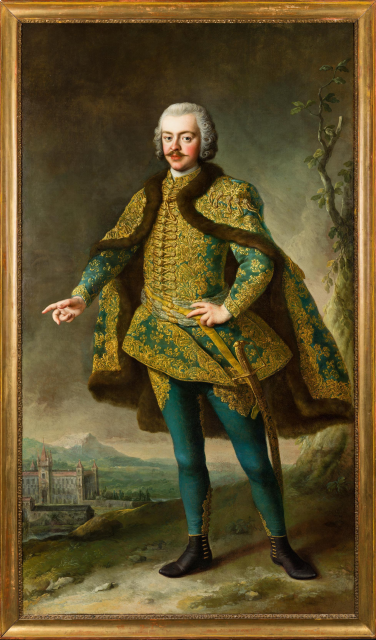
Count, chief lord of Cluj County. Empress Maria Theresa’s master of the horse, chamberlain of the German-Roman Empire and true inner councillor.
Báró married Ágnes Barcsay in 1746, and the income of his large estates was also increased by the huge dowry of his wife, Ágnes Barcsay. If he did not live in Gyalu, then he spent his life in Vienna, in the court of Mária Terézia. The couple had four children in ten years. Among them, two sons survived: Dénes Bánffy (who died in 1773) and György Bánffy, the later governor, and a daughter, Ágnes (born around 1756). In the tenth year of their marriage, the prodigal count converted, that is, converted to the Catholic religion. Political and religious points of connection inspired the baroque reconstruction of the castle: the horseshoe-shaped ornamental courtyard and the carved stone sculpture gallery of its attic, as well as the design of the castle garden. Thanks to this, the castle was called the Versailles of Transylvania.
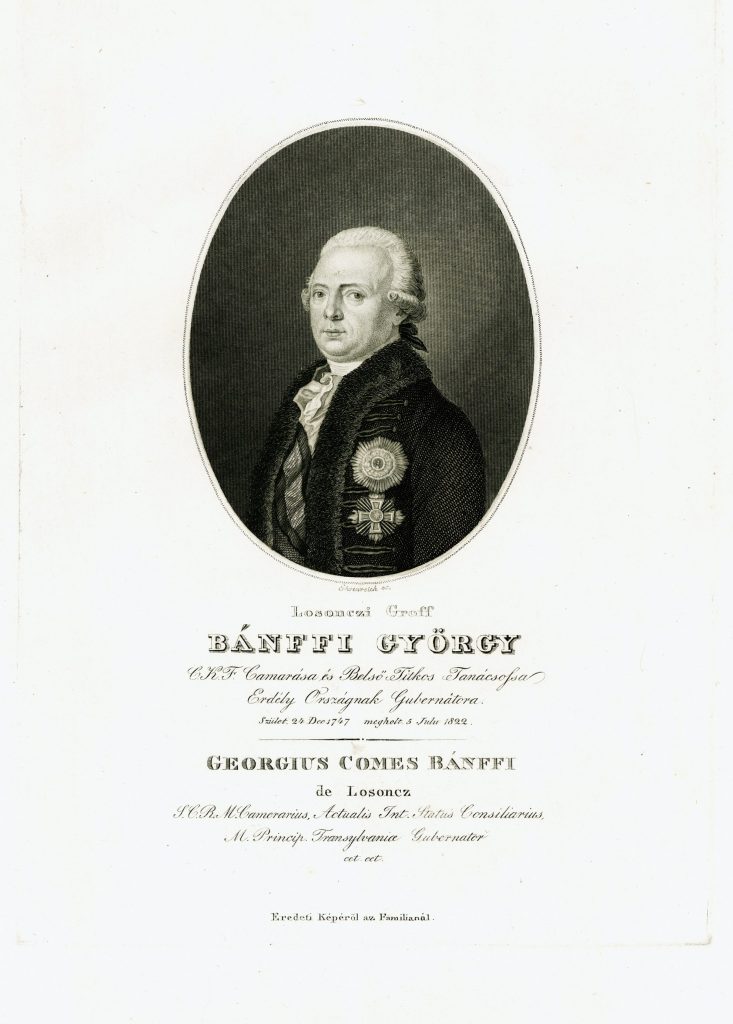
Imperial and royal chamberlain, governor of Transylvania from 1787.
He studied at the Theresianum in Vienna. He was the last truly grand Transylvanian lord, one of the most passionate builders and art lovers. He is the patron of the Transylvanian Linguistic Society founded by György Aranka in 1793, and in 1819 he becomes the patron of Cluj and the region’s first art education institution, the Music Association. His wife, Palm Jozefa, is also an educated music connoisseur and Mozart lover.
The builder of the famous Bánffy Palace in Cluj, while at the same time carrying out repair work on Bonchida, he also created the Baroque portal of the main building overlooking the inner courtyard in 1784, which is immortalized by a Latin inscription on the brow stone of the upstairs window.
RESTAURARI CURAVIT COMES GEORGIUS BANFFI L: B: DE LOSONTZ /S: C: R: A: M : CAMERARIUS INSIGNIS ORD: S: STEPHANI REGIS APLICI COMENDATOR / HUNGARICO ET TRANNICO AULICUS CANCELARIUS ANNO 1784.
The correspondence of György Bánffy and Jozefa Palm proves how much care and attention they paid to the decoration of the castle, which included white stoves, baroque chandeliers with glass pendants, and carved meter-sized chess pieces with the letters BGB. In the palaces of Cluj, Gyalu and Bonchida, there were many “musical flute clocks” and structures, two double basses, a dulcimer, music stands, musicians’ benches and last but not least, a fortepiano veneered with cherry wood.

Councilor of the Supreme Government
He lived alone until his death on Bonchida; he was an extremely withdrawn, lonely man. The passionate art lover was constantly planning and immediately embraced all fashionable trends. He transformed the Bonchida castle garden into an English garden, surrounded the castle with winding paths, artificially arranged bushes, and scattered flower beds. In the 1810s, the Renaissance gate tower, the elements of which were used to build the mill, was demolished, and the facades of the buildings were given a classicist style. As a result of the spread of English romanticism in Hungary, the western wings of the castle (part of the main building and the former kitchen building) reflect the neo-Gothic style. Impoverished due to the abuses of his employees, the count sells his castle to the Duke of Coburg, who transfers it to Count Miklós Bánffy.

Hungarian polymath; writer, graphic artist, set and costume designer, stage director, politician, foreign minister. His parents were György Bánffy (1845-1929) and Irma Bánffy (1851-1875).
His wife is actress Aranka Váradi.
1900–1906 member of parliament, 1906–1909 editor of the Transylvanian Newspapers, 1906–1910 chief steward of Cluj county, from 1912 director of the Hungarian Opera House and the National Theater, in 1916 he was asked to design the coronation site of the last Hungarian king, Károly IV.
1921–1922 Minister of Foreign Affairs of Hungary. He returned to Transylvania in 1926, and on July 6, 1926, he received Romanian citizenship from the Romanian King Ferdinand I, promising that he would not engage in politics for ten years. Instead of politics, he considered it his task to boost the Transylvanian literary life and build up the Hungarian cultural institution system in Transylvania. The establishment of the Transylvanian Helikon, the regularization of writers’ meetings in Marosvécs, the modernization of the Opposition and the addition of a Sunday literary column, the promotion of the book publishing work of the Transylvanian Fine Arts Guild are the cultural policy actions that indicate the effectiveness of Miklós Bánffy’s presence in Transylvania. In addition, he is the chief curator of the Transylvanian Reformed Church, and the EMGE, an organization that brings together Transylvanian farmers, can benefit from his patronage. His multi-volume novel, The Transylvanian Story, published from 1934, is a masterpiece of world literature.
Also in the 1930s, he simplified the architectural loggia on the upper floor of the west wing of the castle based on his own and Károly Kós’ plans.
In 1944, as a delegate of the Hungarian government, he tried to find contact with the anti-fascist forces in Bucharest. As a result, the retreating German troops set fire to his castle in Bonchida. After that, he lived in Cluj until 1949 and died in Budapest in 1950.

The last bearer of the name of the count branch of the Bánffy family from Losonc, owner of the Bonchida castle since 2007. He was born in Budapest. Her husband is Ted Jelen. Of their three children, David is deceased, Elisabeth lives in Paris, and Nicolette lives in AEÁ. He has three grandsons. His father, Miklós Bánffy, is the manager of the literary legacy, the initiator of the English and French translations of the Transylvanian Trilogy, and the co-translator of the English version. He is also responsible for the revival of Miklós Bánffy’s oeuvre. He lives in Tangier and published his memoirs in 2005 under the title Singing from Life.
Bibliográfia:
A bonchidai Bánffy-kastély: múlt, jelen, jövő, 2020.
Bíró József, A bonchidai Bánffy-kastély, Minerva, Cluj, 1935. (ETF 75)
Bíró József, Erdélyi kastélyok, Új Idők Irodalmi Intézet, Bp., 1943.
https://mnl.gov.hu/mnl/ol/hirek/nezzen_leginkabb_a_szeretetre_egy_erdelyi_fouri_hazassag
http://www.gyalucastle.com/photosfamily.html
Gy. Dávid Gyula, A bonchidai Bánffy-kastély, Polis, Kolozsvár, 2018.


